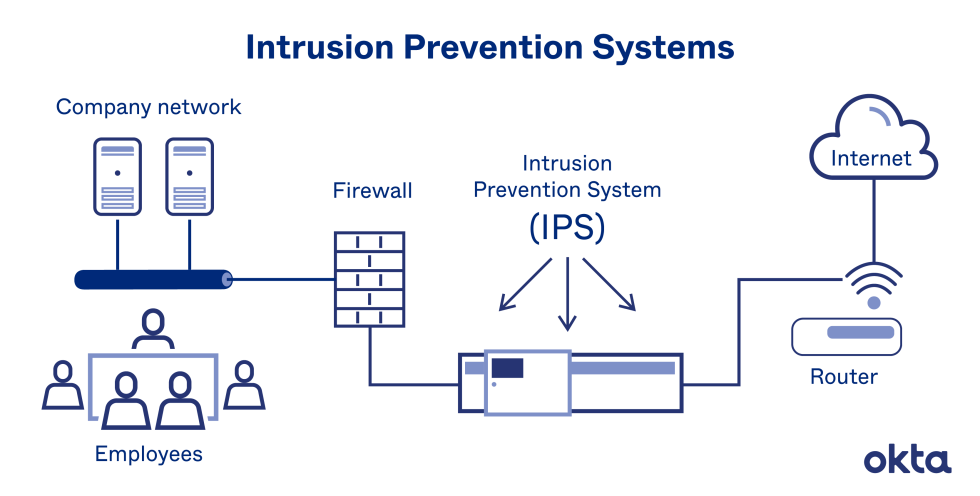Read Our Blogs

Choosing the Best Enterprise Wireless Solutions for Your Business
Business success in the fast-paced digital world of today depends on a consistent wireless network. From small startups to big corporations, the correct wireless solution will improve production, help growth, and guarantee safe connections...

The Future of Corporate Wireless Network Solutions: Trends to Watch
Corporate wireless networks are changing quickly to fit the rising needs of companies in the fast-paced digital environment of today. Staying competitive depends on knowing new trends as companies more and more depend on cellular connectivity for...

Business Security Solutions in Houston
Keeping your business secure is essential for protecting your assets, employees, and customers. Whether you're a small business or a large enterprise operating in Houston, having the right security measures in place can help safeguard your...

How Avaya Services in Houston Improve Enterprise Connectivity
For modern enterprises, seamless connectivity is the backbone of productivity and customer satisfaction. Avaya Services in Houston offer organizations cutting-edge solutions to enhance communication infrastructure, streamline operations, and ensure...

Avaya Solutions in Charlotte
Avaya is a global leader in communication and collaboration technology, offering innovative solutions tailored to meet the needs of businesses of all sizes. With a strong presence in Charlotte, Avaya helps local businesses modernize their...

Alcatel Solutions in Houston
Looking for reliable communication solutions in Houston? Alcatel offers cutting-edge technology tailored to modern business needs. From seamless collaboration tools to advanced communication systems, Alcatel is a trusted partner for organizations...

Partner Selection Guide for Extreme Networks in Charlotte
Choosing the right Extreme Networks partner in Charlotte is crucial to ensure your business thrives with industry-leading network solutions. Here's a guide to help you make an informed decision: What to Look for in an Extreme Networks Partner When...

Arcserve Data Protection for Houston Businesses
Data loss can be a nightmare for any business, but for growing enterprises in Houston, it can pose a critical threat to both reputation and operations. That’s where Arcserve steps in—offering robust, reliable, and user-friendly data protection...

Network Cabling Services in Houston
Reliable and Professional Network Cabling Looking for high-quality network cabling in Houston? We offer a full suite of network cabling services designed to support your business’s connectivity needs. From planning and installation to maintenance...

The Role of an Extreme Networks Partner in Houston
1. Expert Guidance and Support A Houston-based Extreme Networks partner comes to businesses through their extensive grasp of networking solutions. These experts bring expert knowledge about advanced technologies to aid businesses in their search...
